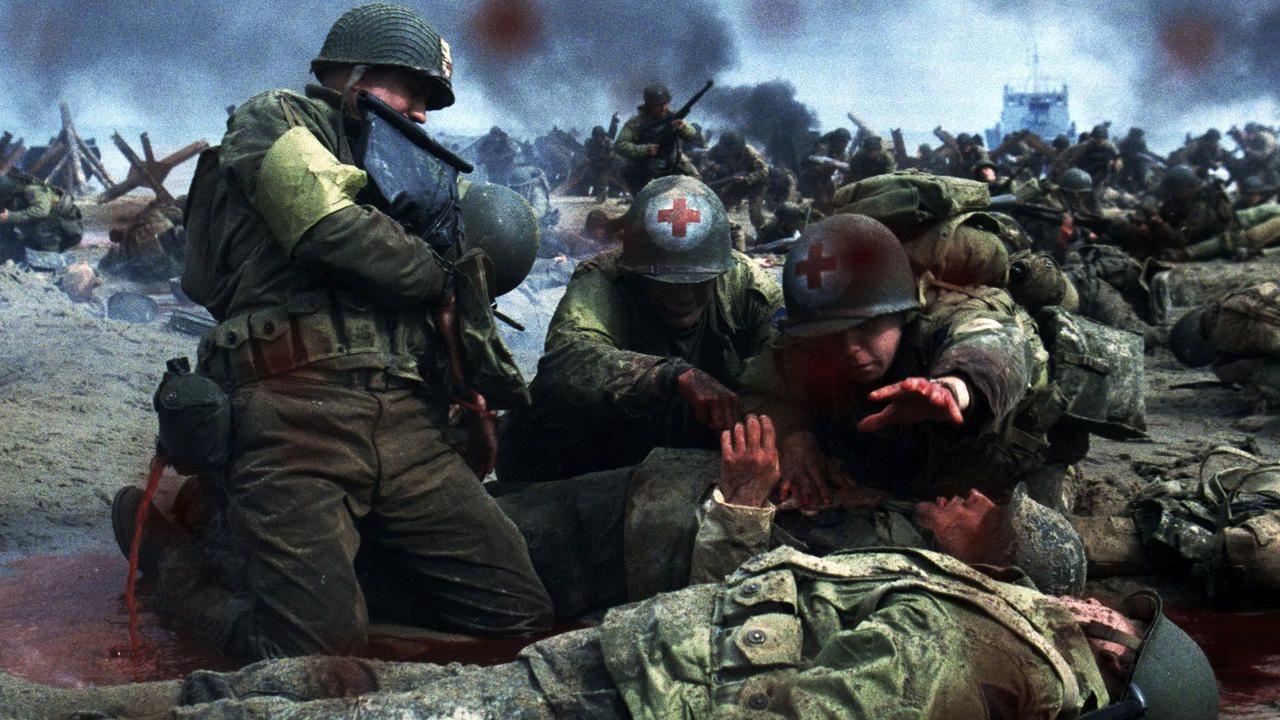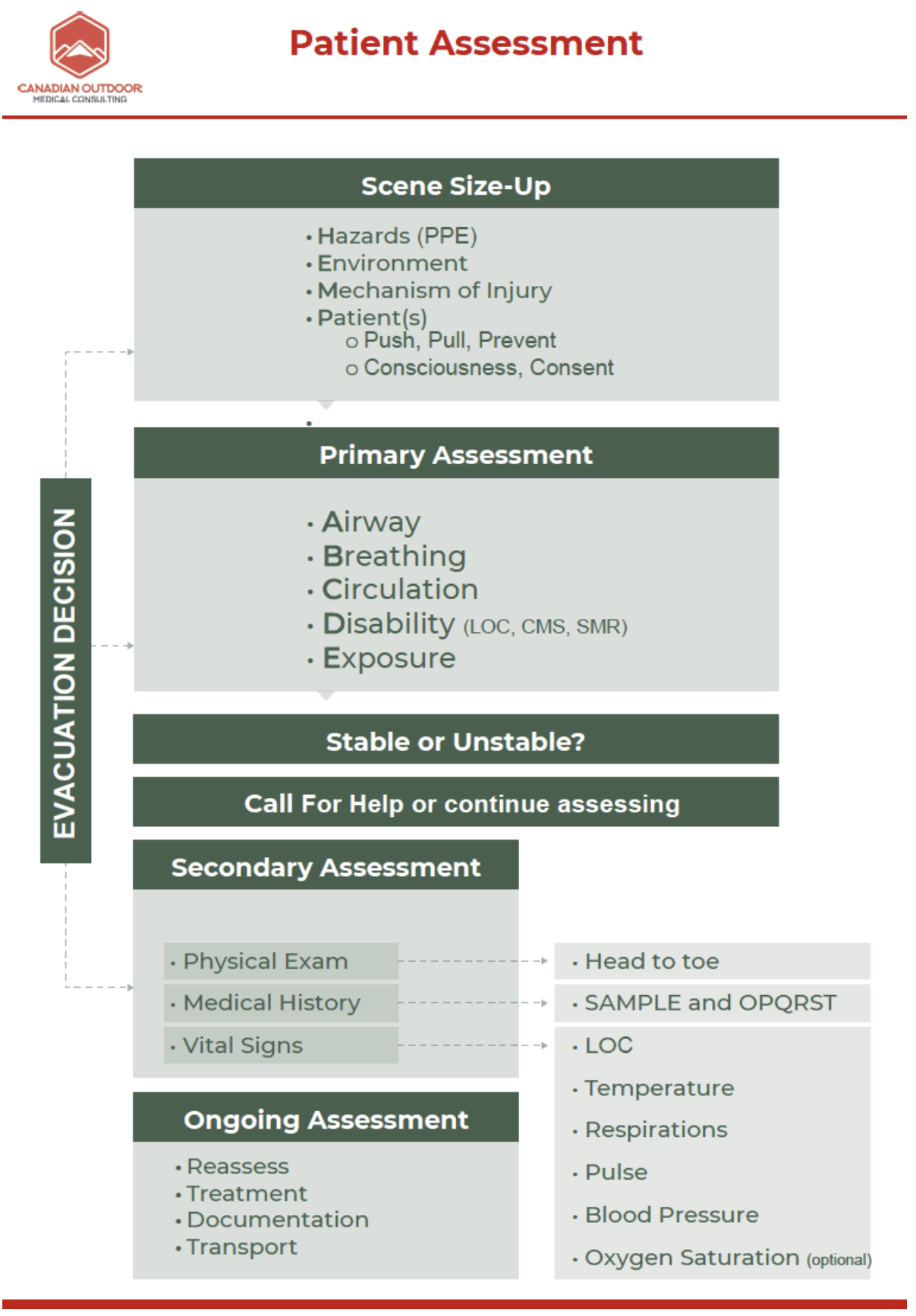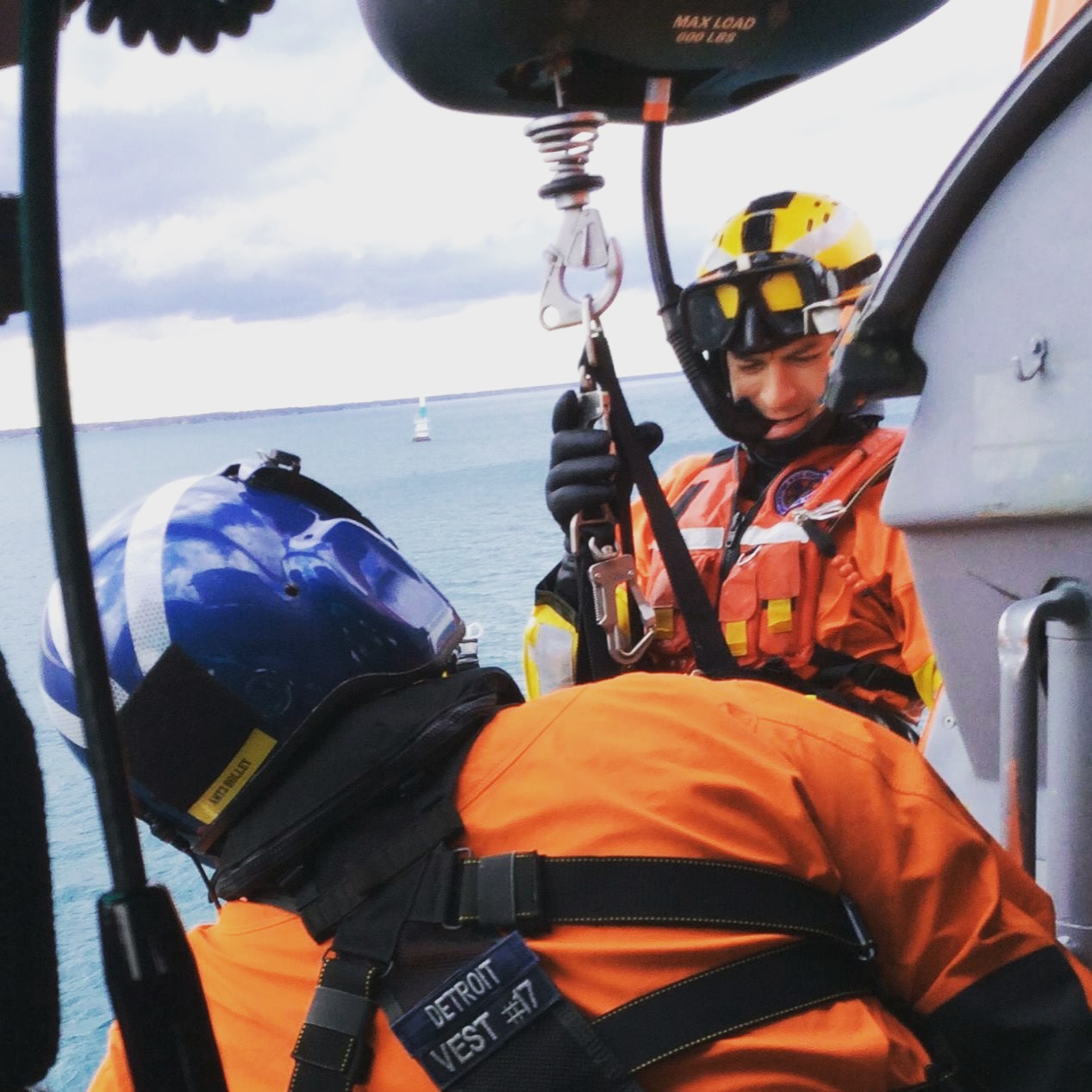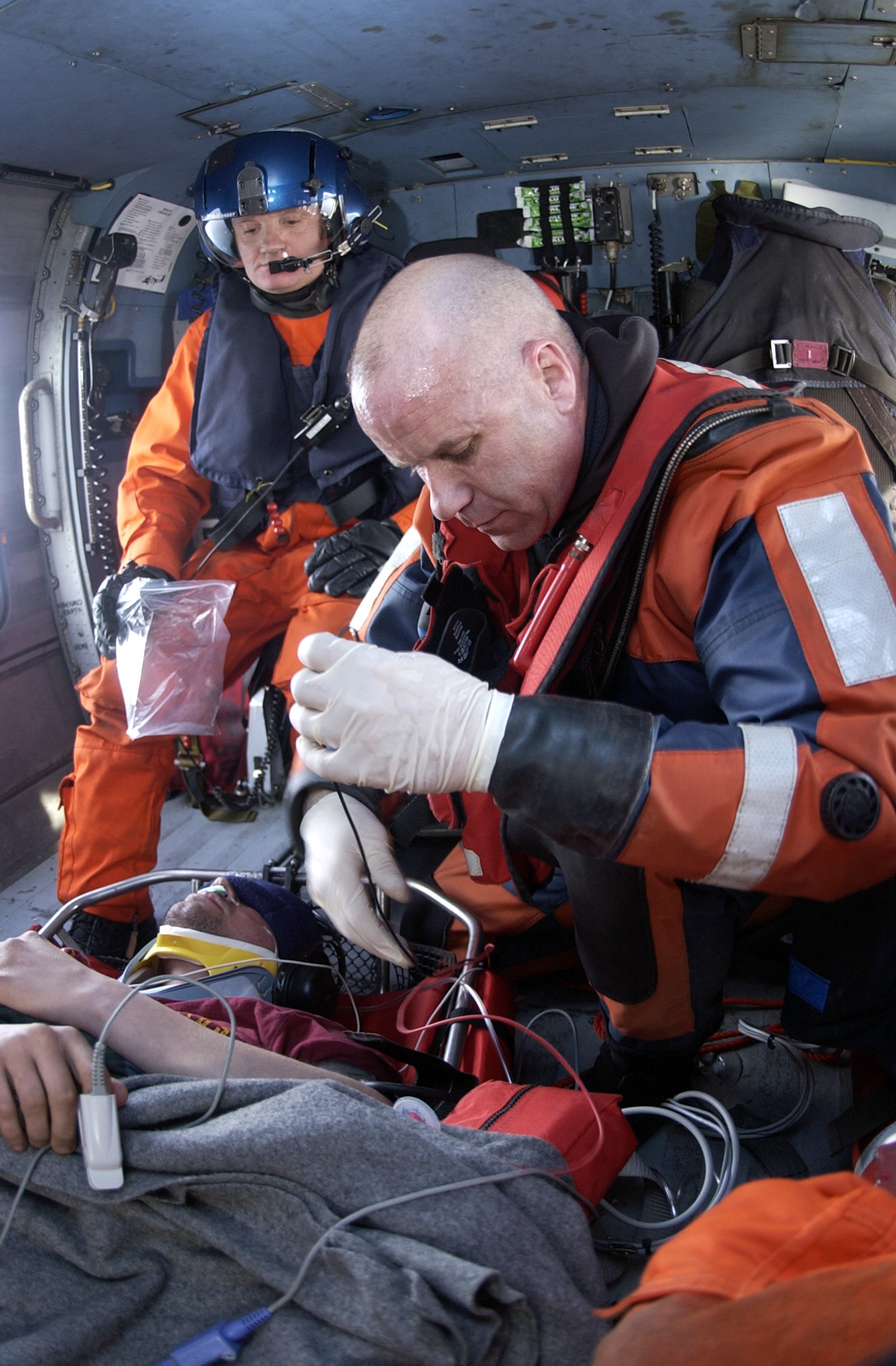Ongoing Assessment
-
Reassess: It is important to continually reassess the patient and their vitals, as frequently as every 5min if unstable. If stable, every 15min.
-
Treatment: Though I will not dive into the bajillion field treatments a first responder can provide to a patient, note that our resources and scope of practice is limited. Again, our main objective is to treat major injuries/disabilities in the interim of more definitive care. This usually comes in the form of:
- Stopping bleeds (applying pressure and dressing).
- Stabilizing fractures (with splints, triangle bandages, etc).
- Maintaining Spinal Immobilization (with c-collar, backboard, etc).
- Administering oxygen.
-
Helping patients take their own medication.
-
Documentation: It is important to document your findings for yourself, as well as for the further care you pass your patient on to. It is also your liability protection as a responder to prove the proper care you provided.
- Transport: Is the patient safe to walk out? Can we carry them out? Is it urgent? Do they need a helicopter? Is this safe and realistic for the rescuers?
In conclusion, though it is imperative to have this general step-by-step process in the back of your head (to avoid missing potentially life-threatening factors in moments of high stress), do not forget to use your common sense. It's worth noting that your patient often knows what their body needs better than you ever will, so communicate, ask questions and make them your ally as you provide them with the help they need.





